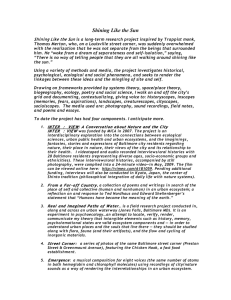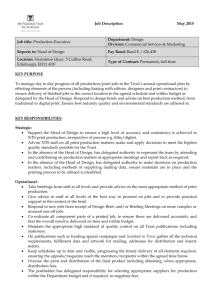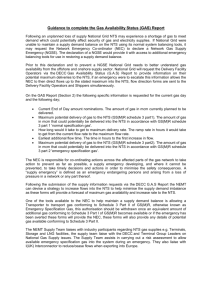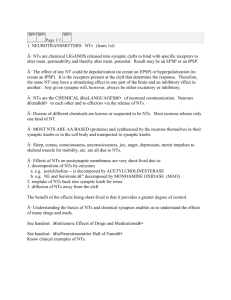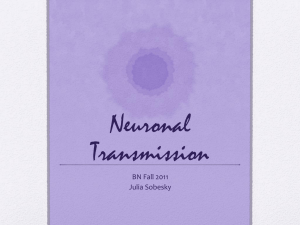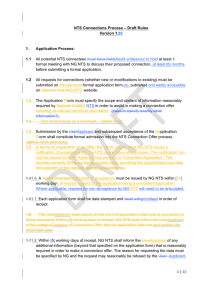National Grid Gas response - part 1
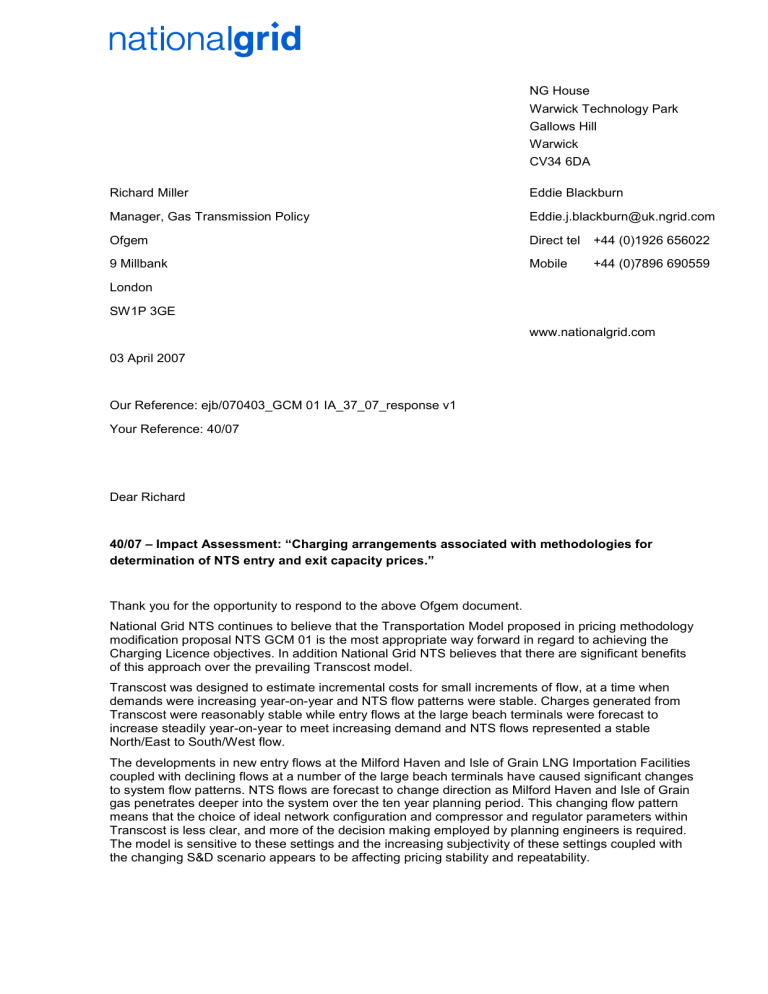
Richard Miller
Manager, Gas Transmission Policy
Ofgem
9 Millbank
London
SW1P 3GE
03 April 2007
Our Reference: ejb/070403_GCM 01 IA_37_07_response v1
Your Reference: 40/07
NG House
Warwick Technology Park
Gallows Hill
Warwick
CV34 6DA
Eddie Blackburn
Eddie.j.blackburn@uk.ngrid.com
Direct tel +44 (0)1926 656022
Mobile +44 (0)7896 690559 www.nationalgrid.com
Dear Richard
40/07 – Impact Assessment: “Charging arrangements associated with methodologies for determination of NTS entry and exit capacity prices.
”
Thank you for the opportunity to respond to the above Ofgem document.
National Grid NTS continues to believe that the Transportation Model proposed in pricing methodology modification proposal NTS GCM 01 is the most appropriate way forward in regard to achieving the
Charging Licence objectives. In addition National Grid NTS believes that there are significant benefits of this approach over the prevailing Transcost model.
Transcost was designed to estimate incremental costs for small increments of flow, at a time when demands were increasing year-on-year and NTS flow patterns were stable. Charges generated from
Transcost were reasonably stable while entry flows at the large beach terminals were forecast to increase steadily year-on-year to meet increasing demand and NTS flows represented a stable
North/East to South/West flow.
The developments in new entry flows at the Milford Haven and Isle of Grain LNG Importation Facilities coupled with declining flows at a number of the large beach terminals have caused significant changes to system flow patterns. NTS flows are forecast to change direction as Milford Haven and Isle of Grain gas penetrates deeper into the system over the ten year planning period. This changing flow pattern means that the choice of ideal network configuration and compressor and regulator parameters within
Transcost is less clear, and more of the decision making employed by planning engineers is required.
The model is sensitive to these settings and the increasing subjectivity of these settings coupled with the changing S&D scenario appears to be affecting pricing stability and repeatability.
As a result of these changes, some of the Transcost prices are now counter-intuitive; particularly exit prices in Scotland and the North of England and southern Entry prices, where non-minimal prices are being generated at a time when it might be thought that capacity in these areas could be made available with minimal reinforcement implications. These counter-intuitive prices are not seen with the
Transportation model.
It is the removal of spare capacity, the inclusion of a backhaul benefit and the single expansion factor that allows the Transportation Model to generate more stable and cost reflective prices compared to the prices that might be seen with Transcost going forward. The single year approach allows the
Transportation Model to generate charges that are reflective of the capacity used rather than reflective of the potential cost of growth over the ten year plan as generated with Transcost. The single expansion factor allows prices not to be influenced by accidents of history i.e. which pipe diameters were used in the past, and allows for a single model for determination of all Entry and Exit i.e. prevailing/baseline and incremental, as costs are based on what we would build not what we might have built in the past.
More detailed responses to the questions laid out in the Impact Assessment consultation document are included in the accompanying document.
Please do not hesitate to contact me if you wish to further discuss any aspect of this response or more general aspects associated with the NTS Charging Methodology.
Yours sincerely
Eddie Blackburn
Page 2 of 2


